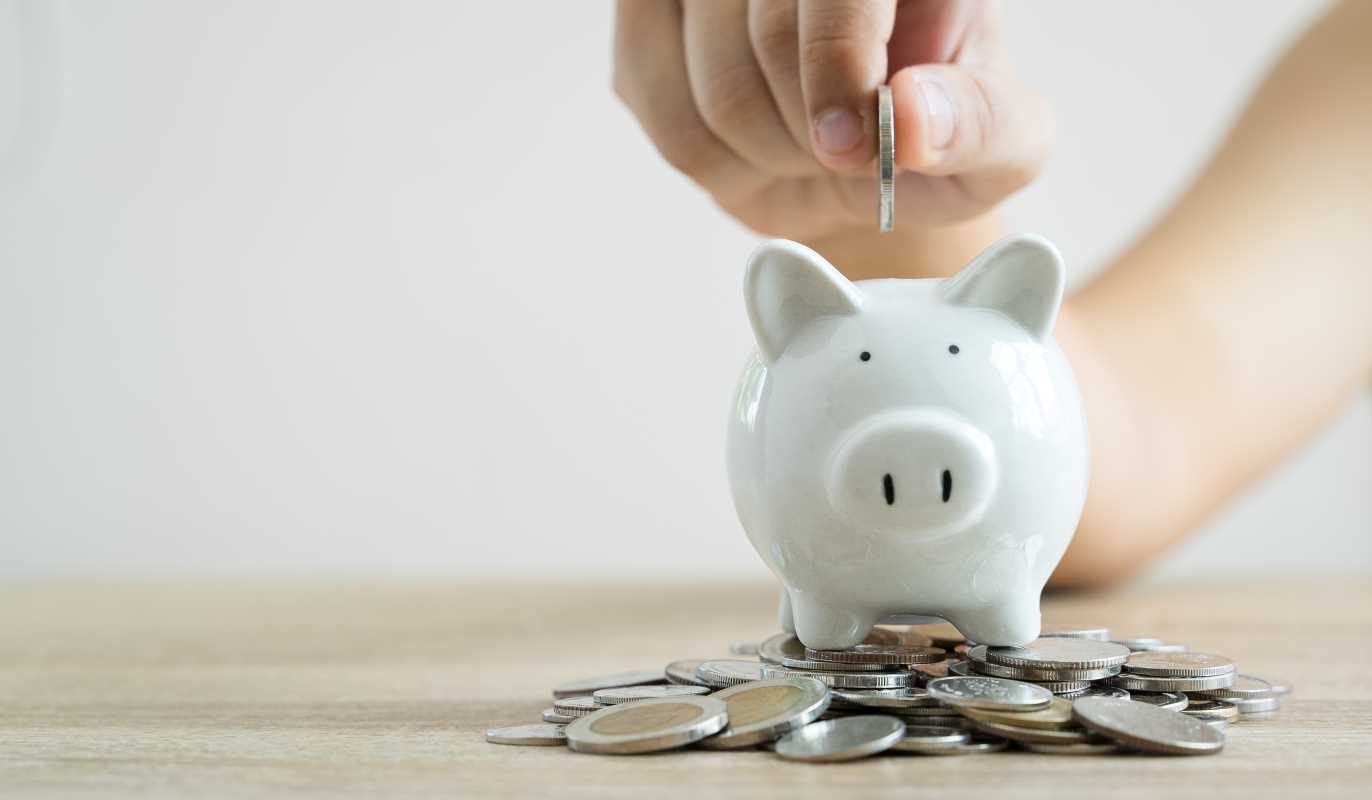Navigating financial uncertainties with a safety net in place isn't just a luxury—it's a necessity. The purpose of an emergency fund is straightforward: to provide a stash of money that can be used in times of sudden financial need, without having to rely on credit cards or high-interest loans. This fund acts as a buffer against the unforeseen, ensuring that you're prepared for anything from medical bills to unexpected job loss.
Understanding the Importance of an Emergency Fund
An emergency fund serves as your financial lifeline during unforeseen expenses. By maintaining a reserve of funds, you avoid the need to accrue debt through credit cards or loans during a financial crisis. Financial advisors commonly suggest that a well-prepared household should have between three to six months' worth of expenses saved up in their emergency fund.
The first step in establishing this fund is assessing your monthly expenditures to gauge how much you would need if your income were suddenly halted. Evaluate your necessary expenses, such as housing, utilities, groceries, and transportation costs, to determine how much money should be stashed away.
Determining Your Financial Cushion
To figure out the amount you need to save, start by totaling your essential monthly expenses. Include your rent or mortgage payments, utility bills, food costs, and any other regular payments you must make. Once you have a total, multiply this by the number of months you want your fund to cover. This calculation will give you a clear savings target, which can be your financial goal for the near future.
If the final figure seems intimidating, remember that starting small can still lead to significant savings. Begin by setting a short-term goal, such as saving $1,000, and gradually increase your target as you meet each milestone. This approach makes the task seem less daunting and helps build the saving habit.
Setting Realistic Saving Goals
Setting realistic saving goals is essential to building your emergency fund successfully. Start by deciding on a monthly savings amount that fits comfortably within your budget. This can be as little as $50 or $100 a month, depending on your circumstances.
As you adjust to this new financial habit, you can increase the amount gradually. The key is consistency; even small contributions can grow significantly over time due to compound interest, especially if you keep your fund in a high-interest savings account.
Choosing the Right Savings Account
Select a savings account specifically for your emergency fund to help manage your money effectively. Look for options that offer high interest yet remain accessible—meaning you can withdraw the funds without penalties or severe delays when an emergency arises.
Such accounts often come without the typical monthly fees associated with checking accounts, ensuring that every dollar you save goes toward building your financial safety net, not to bank fees.
Automating Your Savings
Automate your savings to ensure you consistently contribute to your emergency fund without having to think about it each month. Setting up automatic transfers from your checking account to your savings account right after payday is an effective strategy.
This method works because it treats your savings contribution like any other essential expense, prioritizing your future financial security by building the fund gradually and reliably.
Adjusting Your Budget to Boost
Savings Look over your current budget to identify areas where you can cut back. Even temporary reductions in discretionary spending, such as eating out, entertainment, or luxury items, can free up cash that can be redirected to your emergency fund.
The goal here is to find a balance where you can live comfortably without neglecting your long-term financial health. Every dollar saved is a step closer to financial resilience.
Monitoring and Adjusting Contributions
Keep a close eye on your financial progress and adjust your savings goals as needed. If your financial situation improves, such as receiving a raise or paying off a significant debt, consider increasing your emergency fund contributions to build your savings more quickly.
Conversely, during tougher times, you may need to reduce the amount you save each month. The most important thing is to continue making regular contributions, no matter how small.
Preparing for Withdrawals
Define what qualifies as an emergency and set strict criteria for when you can dip into your fund. This might include major repairs not covered by insurance, necessary medical treatments, or covering living expenses during a job search.
By sticking to these criteria, you ensure that the funds remain available for true emergencies, thereby avoiding the temptation to tap into them for everyday expenses or impulse purchases.
Building an emergency fund is a proactive measure towards ensuring your financial stability. It’s not just about saving money; it’s about giving yourself the freedom to face life's challenges without financial fear. Start today, no matter how small the amount, and build towards a more secure financial future.
 (Image via
(Image via





